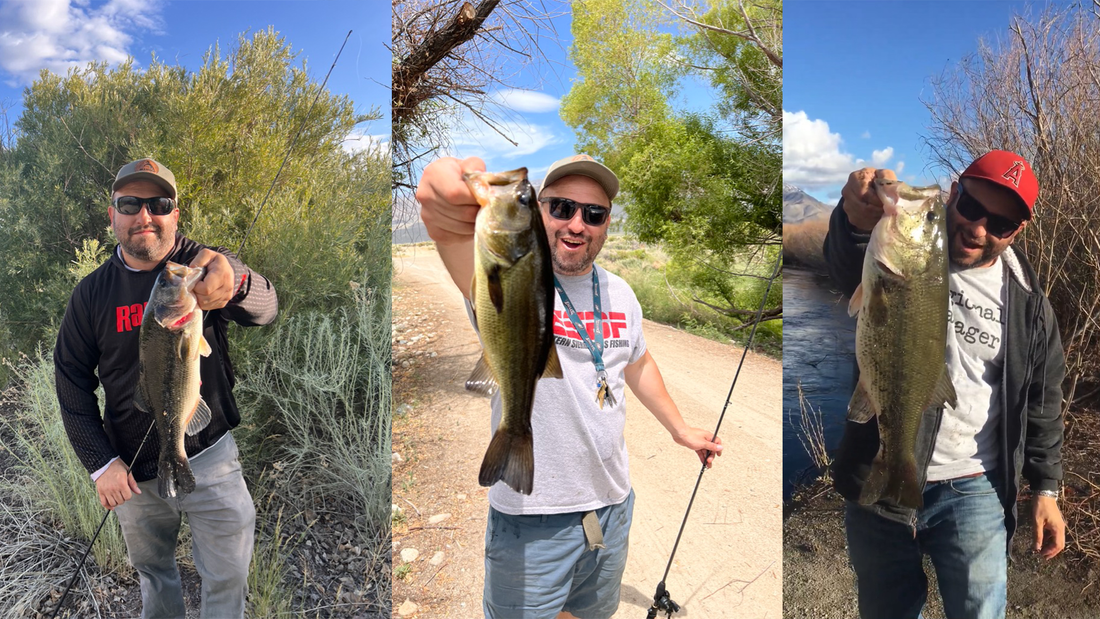Fishing for spring freshwater bass is a rewarding experience that combines skill, patience, and an understanding of the natural environment. As temperatures rise and days lengthen, bass move from their winter haunts in search of food and warmer waters, making spring one of the best times to fish for them. This blog post will provide insights and tips to help both novice and experienced anglers improve their spring bass fishing game.
Understanding Spring Bass Behavior
Spring bass behavior is heavily influenced by the spawning cycle, which can be broken down into three stages: pre-spawn, spawn, and post-spawn.
- Pre-spawn: As the water temperatures climb into the 50s (Fahrenheit), bass begin to leave their deep-water winter retreats to feed aggressively in preparation for spawning. They are often found in shallower waters, making them more accessible to anglers.
- Spawn: When water temperatures reach about 60-70 degrees, bass start spawning in shallow areas. They can be seen guarding their nests or beds, which makes them aggressive and more likely to strike out of defense.
- Post-spawn: After spawning, bass are exhausted but still willing to bite. They may retreat slightly deeper as they recover and start feeding again to regain their strength.
Gear and Tackle Tips
- Rod and Reel: A medium-heavy rod with a fast action is ideal for most spring bass fishing scenarios. Pair it with a baitcasting or spinning reel for precision and power.
- Line: Fluorocarbon line in the 10-20 lb test range is a good choice because it's nearly invisible in water and has less stretch than monofilament, offering better sensitivity to detect bites.
- Lures: Soft plastics (like worms or creature baits), crankbaits, spinnerbaits, and jigs are all effective in spring. Color and size should be chosen based on the day's conditions and water clarity.
Effective Fishing Techniques
- Slow Down: In early spring, when the water is still cool, slow your retrieve. Bass are lethargic and prefer an easy meal.
- Target Shallow Waters: During the pre-spawn and spawn, focus on shallow areas, near cover like logs, rocks, and vegetation where bass might be feeding or nesting.
- Use Sight Fishing: During the spawn, if the water is clear enough, you can actually see bass on their nests. This allows for precise casting and lure presentation.
- Vary Your Lures: Don’t stick to just one type of lure. Experiment with different types and colors based on the water conditions and bass activity.
About the Author: Nick Lara
Nick Lara is a central figure in the bass fishing community as the owner of Mac's Sporting Goods and President of the Eastern Sierra Bass Fishing nonprofit. His dual roles have positioned him as a pivotal advocate for sustainable fishing in the Owens Valley. Through his business, Nick offers quality gear and expert advice, while his nonprofit work focuses on education, conservation, and promoting responsible fishing practices.
Nick's leadership has spearheaded initiatives to enhance the bass fishing experience while preserving natural resources. His commitment extends beyond the sport, aiming to instill a culture of conservation and ethical angling practices. By encouraging a harmonious relationship with nature, Nick Lara is not just a name in fishing; he's a guardian of its future, inspiring anglers to fish responsibly and protect the environment.









